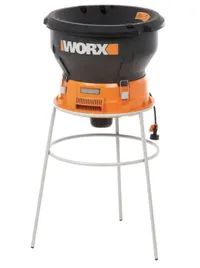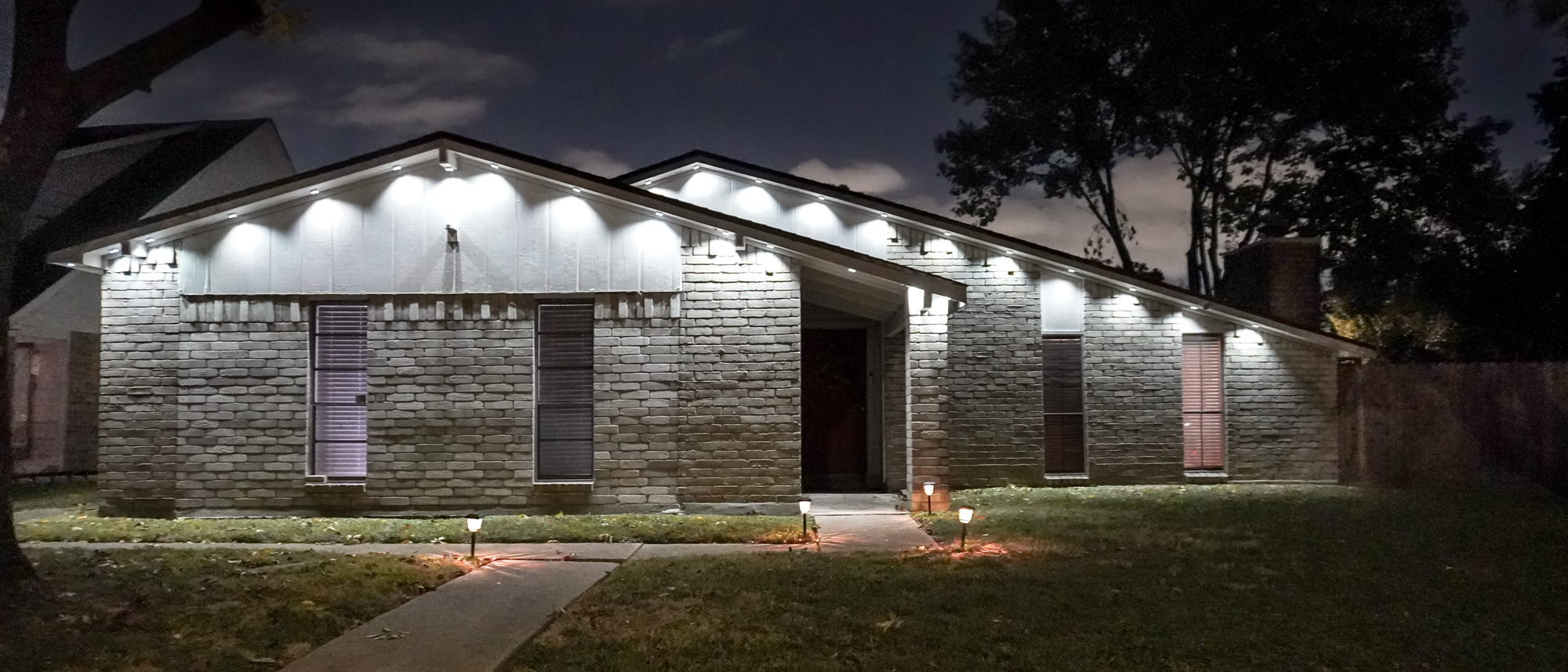Don't rake those fallen leaves — here are 8 smart ways to use them in your yard
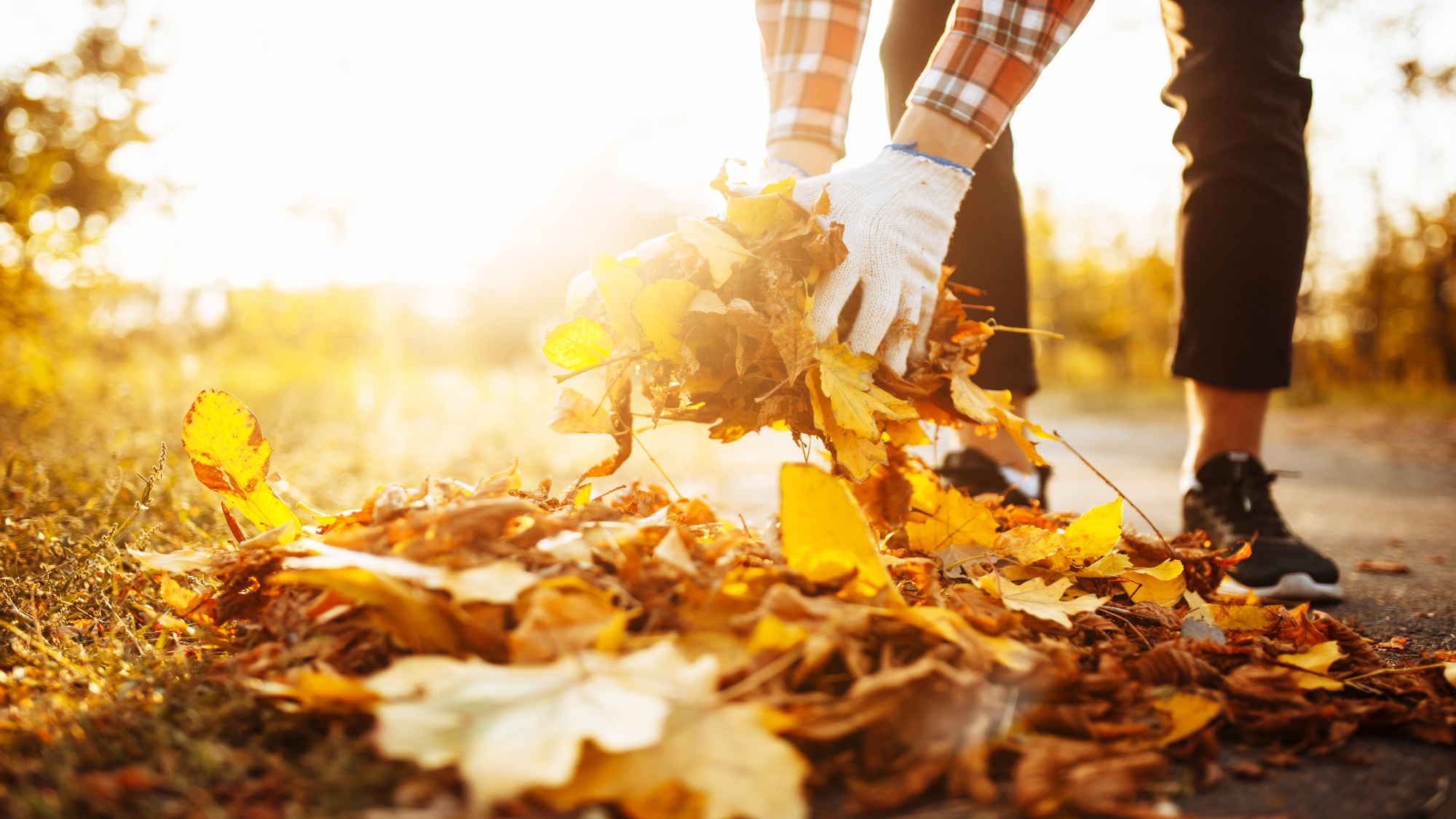
If you're looking at the carpet of fallen leaves covering your lawn and reaching for the rake, you might want to hold off. What looks like a mess is actually one of the most valuable free resources your garden can get. Ecology experts at Arbtech say that autumn leaves offer multiple benefits that can save you money and improve your yard's health.
Instead of spending hours bagging leaves or firing up the leaf blower, there are smarter ways to put those leaves to work. From natural mulch to free fertilizer, here are eight practical ways to turn fallen leaves from garden waste into something genuinely useful.
1. Shred and use as natural mulch
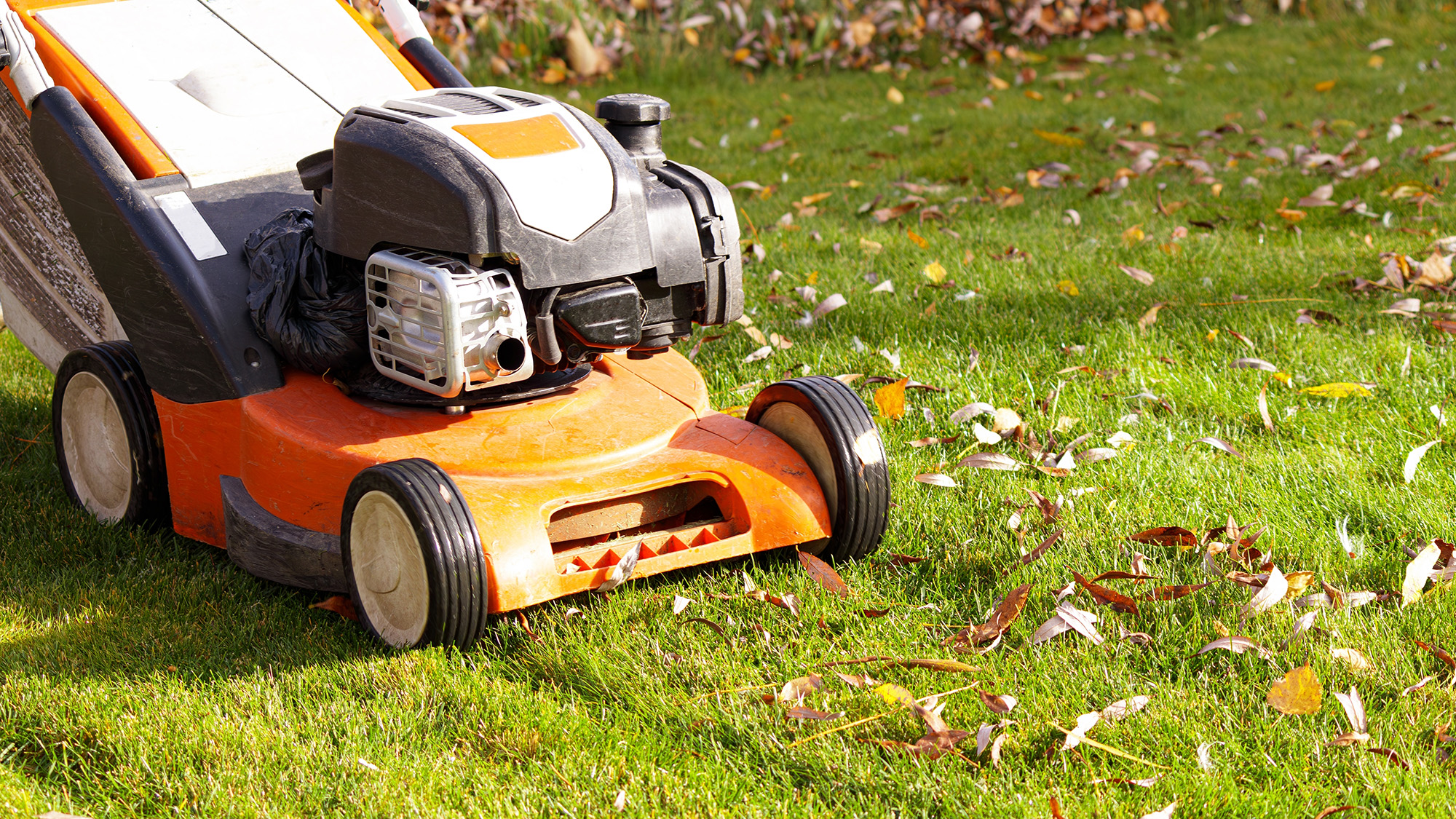
Fallen leaves make excellent natural mulch for garden beds, and it won't cost you a penny. Simply shred the leaves with a lawn mower or leaf shredder and spread them over your beds.
According to Arbtech, leaves "help to suppress weeds, retain soil moisture, and regulate soil temperature over winter — all while saving you the expense of purchasing mulch."
A 2-3 inch layer works perfectly for most garden beds, and you can apply it around perennials, shrubs, and trees for protection through the cold months.
2. Control erosion

If you have bare soil on slopes or hilly areas in your yard, leaves can solve an erosion problem you might not even realize you have. Spread a layer of leaves over exposed soil to "create a natural barrier against heavy rain and wind."
The leaves will stay in place better than you'd think, and as they gradually break down, they'll improve the soil underneath while protecting it from washing away during winter storms.
3. Improve your soil naturally
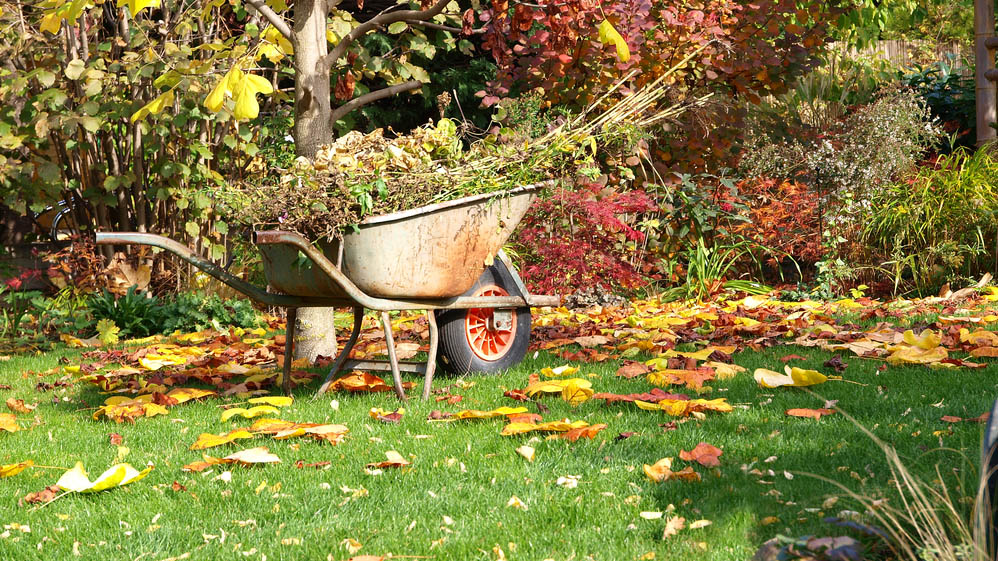
One of the best things about leaving fallen leaves in place is what happens as they decompose. Arbtech's experts note that "when leaves decompose they can break down and enrich soil with valuable organic matter, which improves soil structure, moisture retention and nutrient content."
You don't need to do anything special — just leave them on garden beds or under trees, and nature does the rest. By spring, those leaves will have started transforming into rich organic matter that feeds your soil.
4. Make your own leaf mold
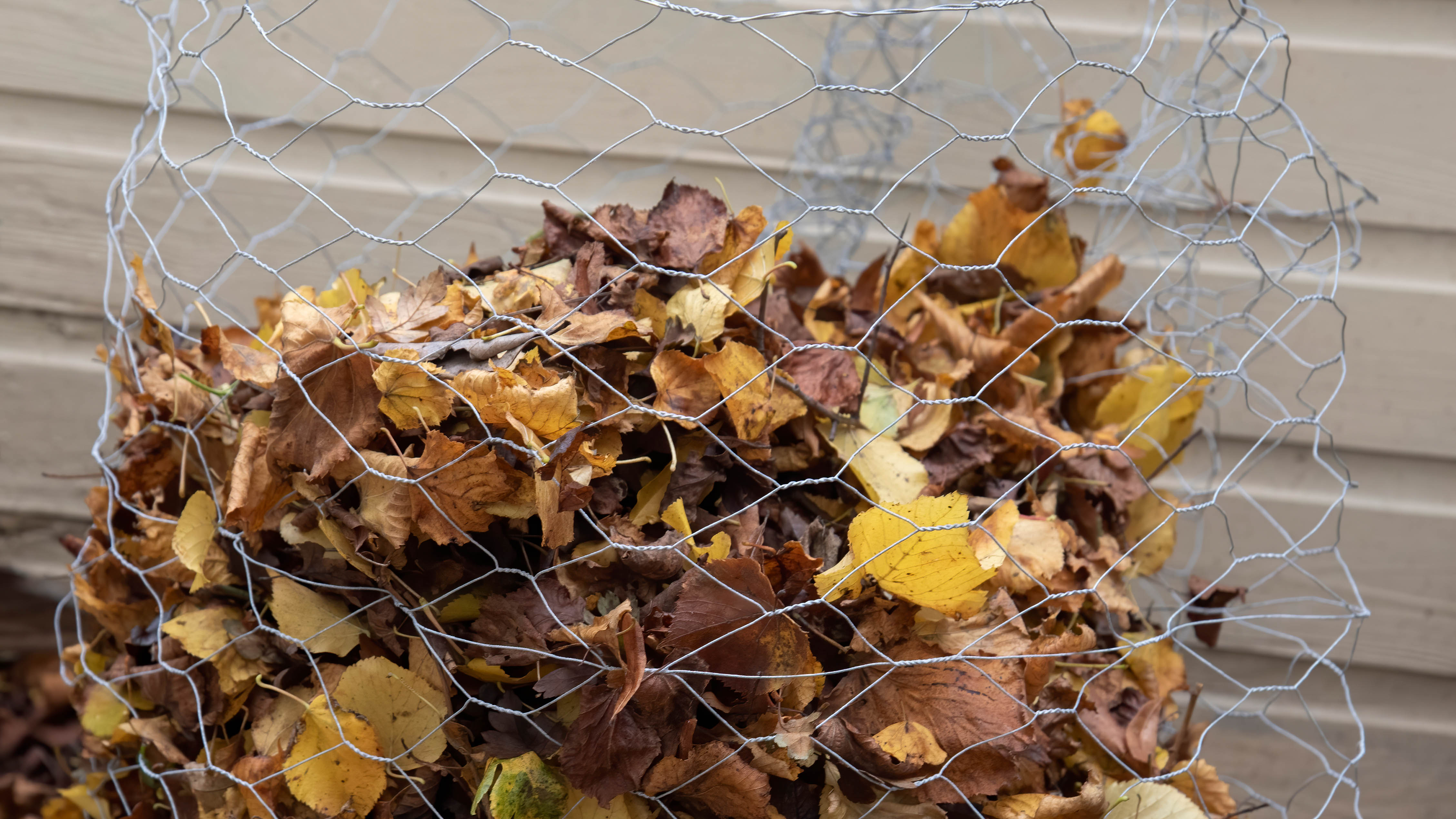
Leaf mold is a gardener's secret weapon, and it's incredibly easy to make from fallen leaves. Arbtech explains the simple process: "Simply gather leaves and place them in a reusable bag — pierced to allow airflow — and leave them to decompose for at least a year." You'll then be left with leaf mold.
This invaluable soil conditioner works brilliantly as mulch and improves soil structure without costing you anything. Stack the bags somewhere out of the way and forget about them for a year, the result is well worth the wait.
5. Create free natural fertilizer
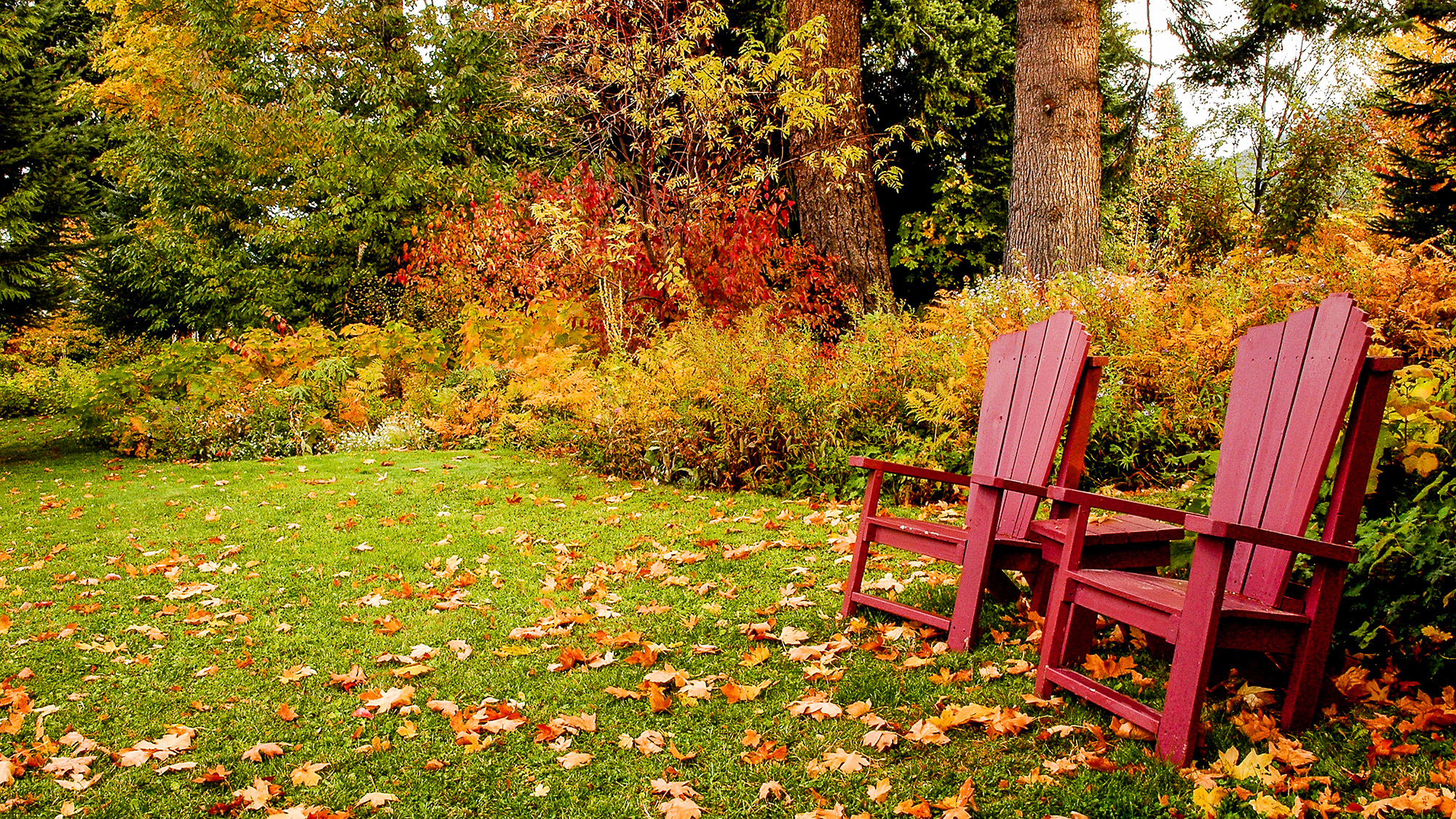
Why buy fertilizer when your trees are literally dropping it for free? As Arbtech points out, "leaves release essential nutrients like calcium, magnesium and potassium back into the soil as they decompose over time, which naturally benefits plant growth."
You can speed up the process by chopping or shredding leaves before spreading them, but even whole leaves will eventually break down and feed your plants. It's a slow-release fertilizer that keeps working for months.
Save time and your back with this efficient leaf mulcher. It turns 11 bags of leaves into just one bag of mulch, processing up to 53 gallons per minute. The tool-free setup and included collection bag make yard cleanup actually manageable.
6. Support beneficial insects and wildlife

Leaving leaf piles in corners of your garden creates habitat for insects that actually help your garden thrive. Arbtech notes that "leaf-dwelling insects are an important food source for larger wildlife like birds, and leaf piles provide ideal habitat for fungi and insects."
These insects break down organic matter, pollinate plants, and attract birds that eat garden pests. It's a natural pest control system that sets itself up when you simply leave leaves in place.
7. Provide winter shelter
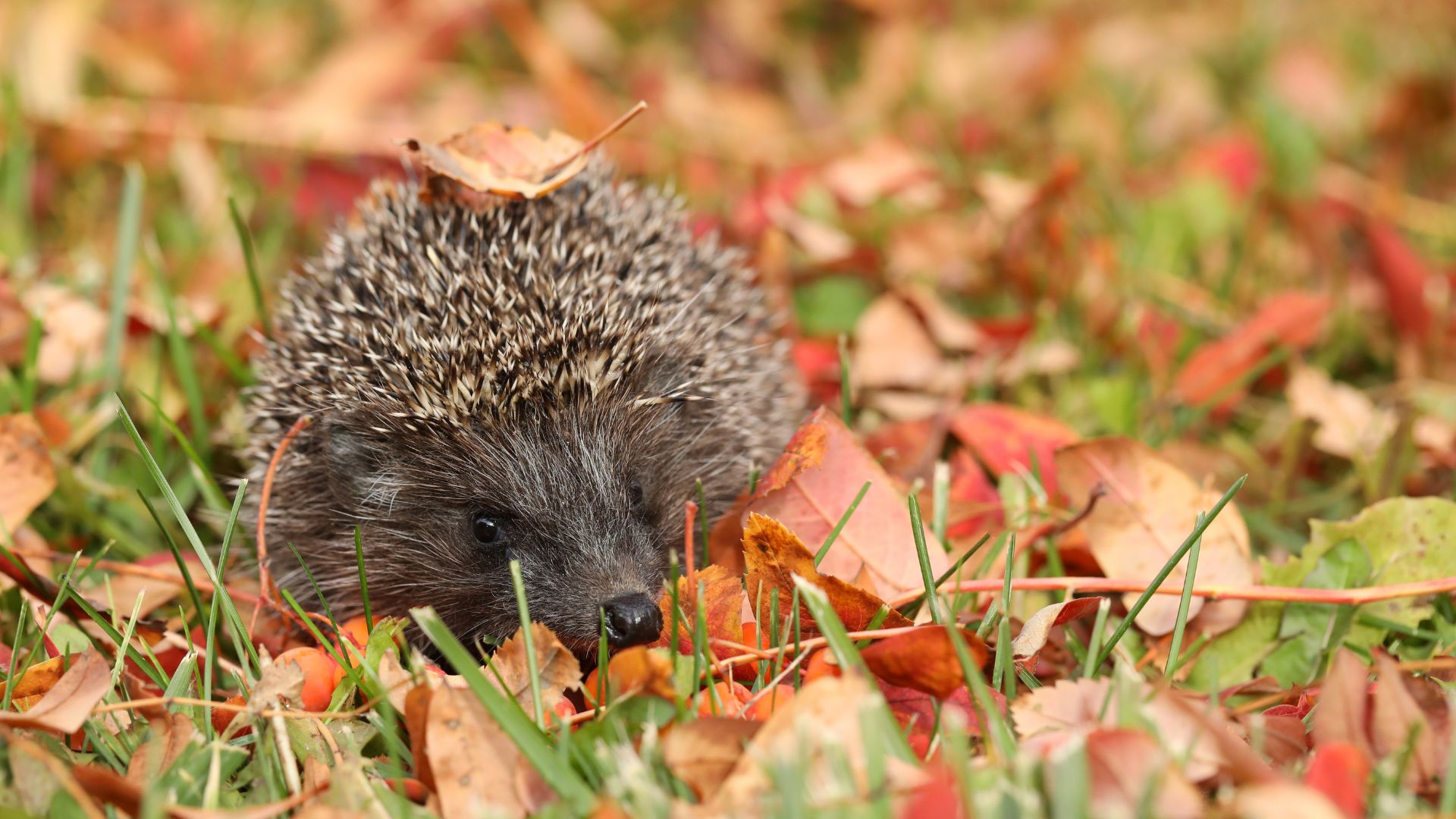
Leaf piles aren't just good for insects; they're crucial winter shelter for larger garden visitors too. According to Arbtech, "Fallen leaves provide a natural habitat during winter months for various wildlife species, including hedgehogs, toads, and insects."
Pile leaves near hedges, under shrubs, or in quiet corners where wildlife can shelter undisturbed. These creatures will repay you by eating slugs, snails, and other garden pests once spring arrives.
8. Boost your compost heap

If you're already composting, fallen leaves are the perfect addition to your heap. Arbtech emphasizes that "leaves are an excellent carbon-rich 'brown' ingredient for your compost heap. Mixing them with kitchen scraps or grass clippings creates nutrient-rich compost, reducing waste while boosting soil health all for free."
The key is balancing brown materials (leaves) with green materials (grass clippings, kitchen scraps) for the fastest decomposition. Your compost pile will thank you, and so will your garden when you spread that finished compost in spring.
Why burning leaves is a bad idea...
Before you consider burning those leaf piles, know that while it's not illegal in most places, experts strongly discourage it. Burning garden waste releases carbon dioxide and other greenhouse gases, contributing to air pollution. Plus, you're literally burning valuable resources your garden could use.
As Arbtech's spokesperson puts it fall leaves are "a valuable natural resource, and leaving them in place supports local ecosystems and helps create a healthier garden." Save yourself the work and the smoke, and put those leaves to better use with any of the methods above.

Follow Tom's Guide on Google News and add us as a preferred source to get our up-to-date news, analysis, and reviews in your feeds. Make sure to click the Follow button!
More from Tom's Guide
- First frost warning signs every gardener should know
- Those aren't friendly ladybugs in your house — spot and repel Asian beetles
- How to create free nutrient-rich mulch from fall leaves
Get instant access to breaking news, the hottest reviews, great deals and helpful tips.

Kaycee is Tom's Guide's How-To Editor, known for tutorials that skip the fluff and get straight to what works. She writes across AI, homes, phones, and everything in between — because life doesn't stick to categories and neither should good advice. With years of experience in tech and content creation, she's built her reputation on turning complicated subjects into straightforward solutions. Kaycee is also an award-winning poet and co-editor at Fox and Star Books. Her debut collection is published by Bloodaxe, with a second book in the works.
You must confirm your public display name before commenting
Please logout and then login again, you will then be prompted to enter your display name.
